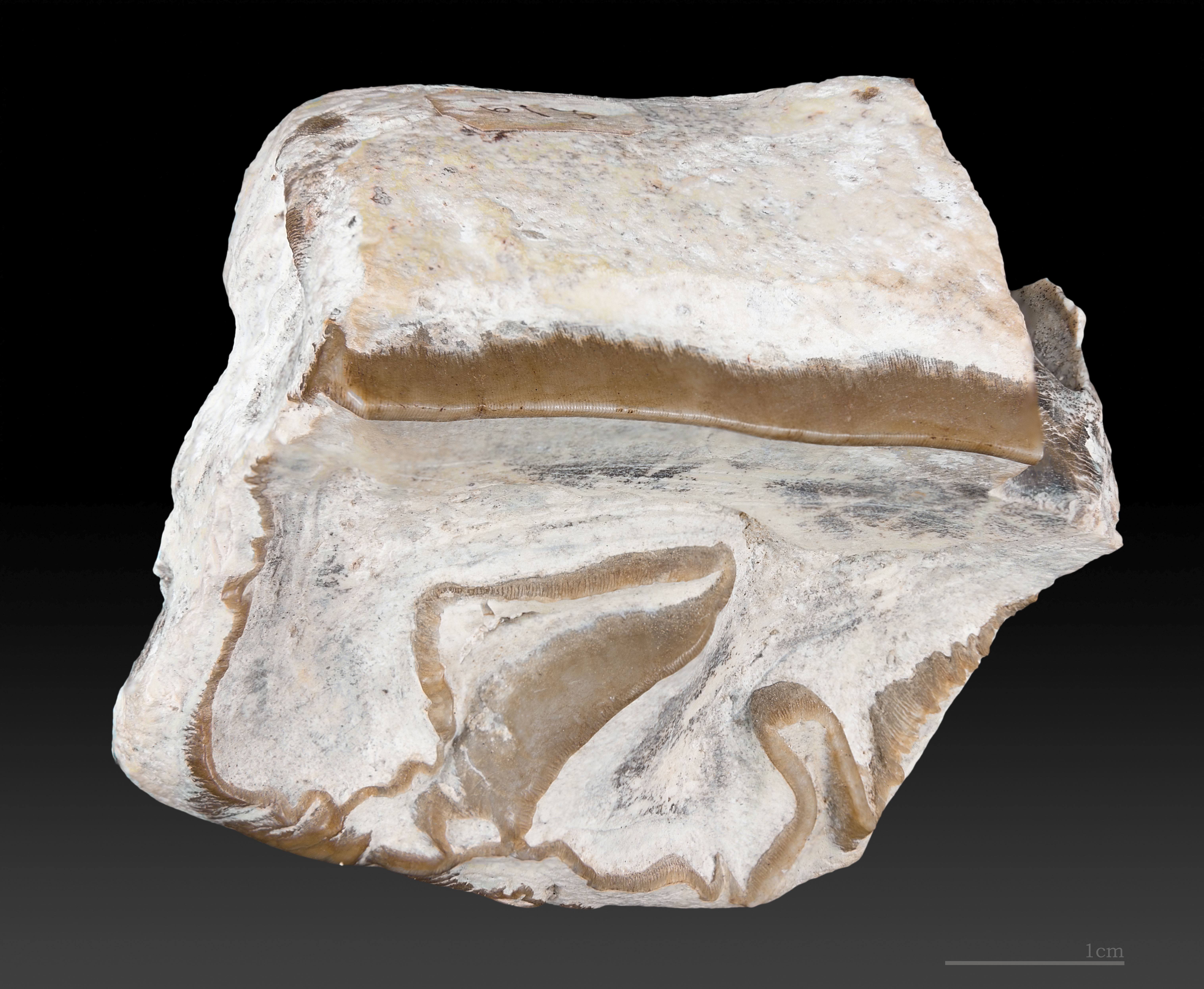Amynodontidae on:
[Wikipedia]
[Google]
[Amazon]

 Amynodontidae ("defensive tooth") is a
Amynodontidae ("defensive tooth") is a

 Amynodontidae ("defensive tooth") is a
Amynodontidae ("defensive tooth") is a family
Family (from ) is a Social group, group of people related either by consanguinity (by recognized birth) or Affinity (law), affinity (by marriage or other relationship). It forms the basis for social order. Ideally, families offer predictabili ...
of extinct perissodactyl
Perissodactyla (, ), or odd-toed ungulates, is an order of Ungulate, ungulates. The order includes about 17 living species divided into three Family (biology), families: Equidae (wild horse, horses, Asinus, asses, and zebras), Rhinocerotidae ( ...
s related to true rhinoceroses. They are commonly portrayed as semiaquatic hippo-like rhinos but this description only fits members of the Metamynodontini; other groups of amynodonts like the cadurcodontines had more typical ungulate
Ungulates ( ) are members of the diverse clade Euungulata ("true ungulates"), which primarily consists of large mammals with Hoof, hooves. Once part of the clade "Ungulata" along with the clade Paenungulata, "Ungulata" has since been determined ...
proportions and convergently evolved a tapir
Tapirs ( ) are large, herbivorous mammals belonging to the family Tapiridae. They are similar in shape to a Suidae, pig, with a short, prehensile nose trunk (proboscis). Tapirs inhabit jungle and forest regions of South America, South and Centr ...
-like proboscis
A proboscis () is an elongated appendage from the head of an animal, either a vertebrate or an invertebrate. In invertebrates, the term usually refers to tubular arthropod mouthparts, mouthparts used for feeding and sucking. In vertebrates, a pr ...
.
The Greek name of the family describes their tusks, derived from enlarged canine teeth. Odd-toed ungulates are herbivores, so these tusks would have been used either to deter or defend against predators (as suggested by the name) or perhaps in fights among males.
Their fossils have been found in North America
North America is a continent in the Northern Hemisphere, Northern and Western Hemisphere, Western hemispheres. North America is bordered to the north by the Arctic Ocean, to the east by the Atlantic Ocean, to the southeast by South Ameri ...
, and Eurasia
Eurasia ( , ) is a continental area on Earth, comprising all of Europe and Asia. According to some geographers, Physical geography, physiographically, Eurasia is a single supercontinent. The concept of Europe and Asia as distinct continents d ...
ranging in age from the Middle Eocene
The Eocene ( ) is a geological epoch that lasted from about 56 to 33.9 million years ago (Ma). It is the second epoch of the Paleogene Period in the modern Cenozoic Era. The name ''Eocene'' comes from the Ancient Greek (''Ēṓs'', ' Dawn') a ...
to the Early Oligocene
The Rupelian is, in the geologic timescale, the older of two age (geology), ages or the lower of two stage (stratigraphy), stages of the Oligocene epoch (geology), Epoch/series (stratigraphy), Series. It spans the time between . It is preceded b ...
, with a single genus (''Cadurcotherium'') surviving into the Late Oligocene
The Chattian is, in the geologic timescale
The geologic time scale or geological time scale (GTS) is a representation of time based on the rock record of Earth. It is a system of chronological dating that uses chronostratigraphy (the pro ...
in South Asia (Pakistan). Taxonomy
†Amynodontidae *Subfamily Amynodontinae **Tribe Cadurcodontini ***Genus '' Cadurcodon'' ***Genus '' Lushiamynodon'' ***Genus '' Sharamynodon'' **Tribe Metamynodontini ***Genus '' Gigantamynodon'' ***Genus '' Metamynodon'' ***Genus '' Paramynodon'' ***Genus '' Zaisanamynodon'' **Tribe ''incertae sedis
or is a term used for a taxonomy (biology), taxonomic group where its broader relationships are unknown or undefined. Alternatively, such groups are frequently referred to as "enigmatic taxa". In the system of open nomenclature, uncertainty ...
''
***Genus '' Amynodon''
*Subfamily ''incertae sedis''
**Genus '' Amynodontopsis''
**Genus '' Armania''
**Genus '' Cadurcotherium''
**Genus '' Caenolophus''
**Genus '' Hypsamynodon''
**Genus '' Megalamynodon''
**Genus '' Penetrigonias''
**Genus '' Procadurcodon''
**Genus '' Rostriamynodon''
**Genus '' Teilhardia''
References
Rhinocerotoidea Prehistoric Perissodactyla Miocene extinctions Eocene first appearances Prehistoric mammal families {{paleo-oddtoedungulate-stub